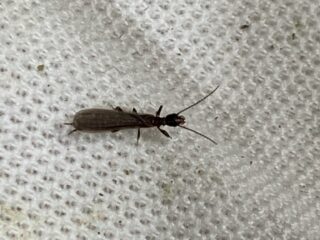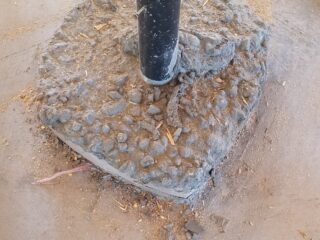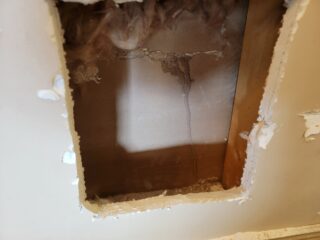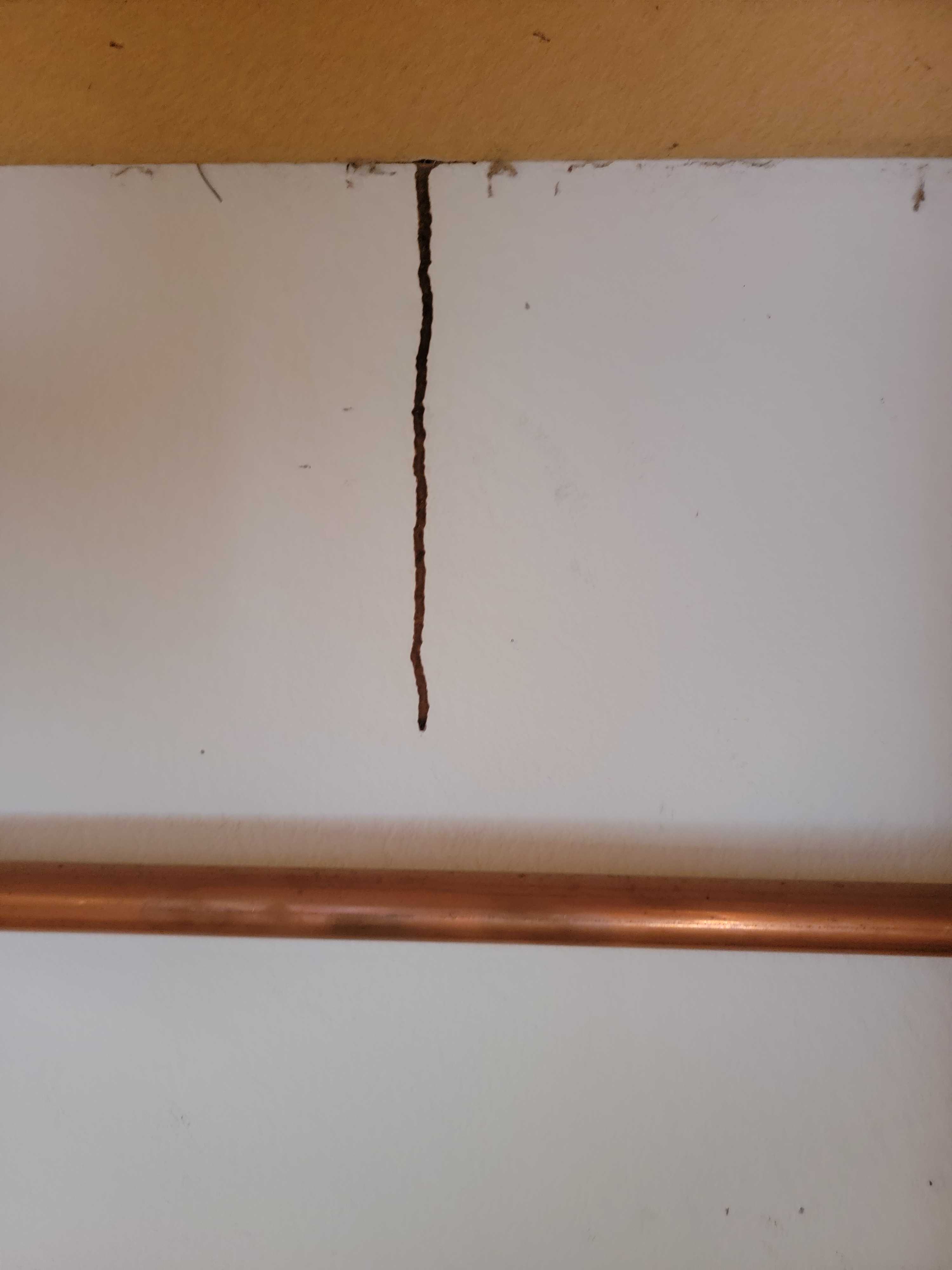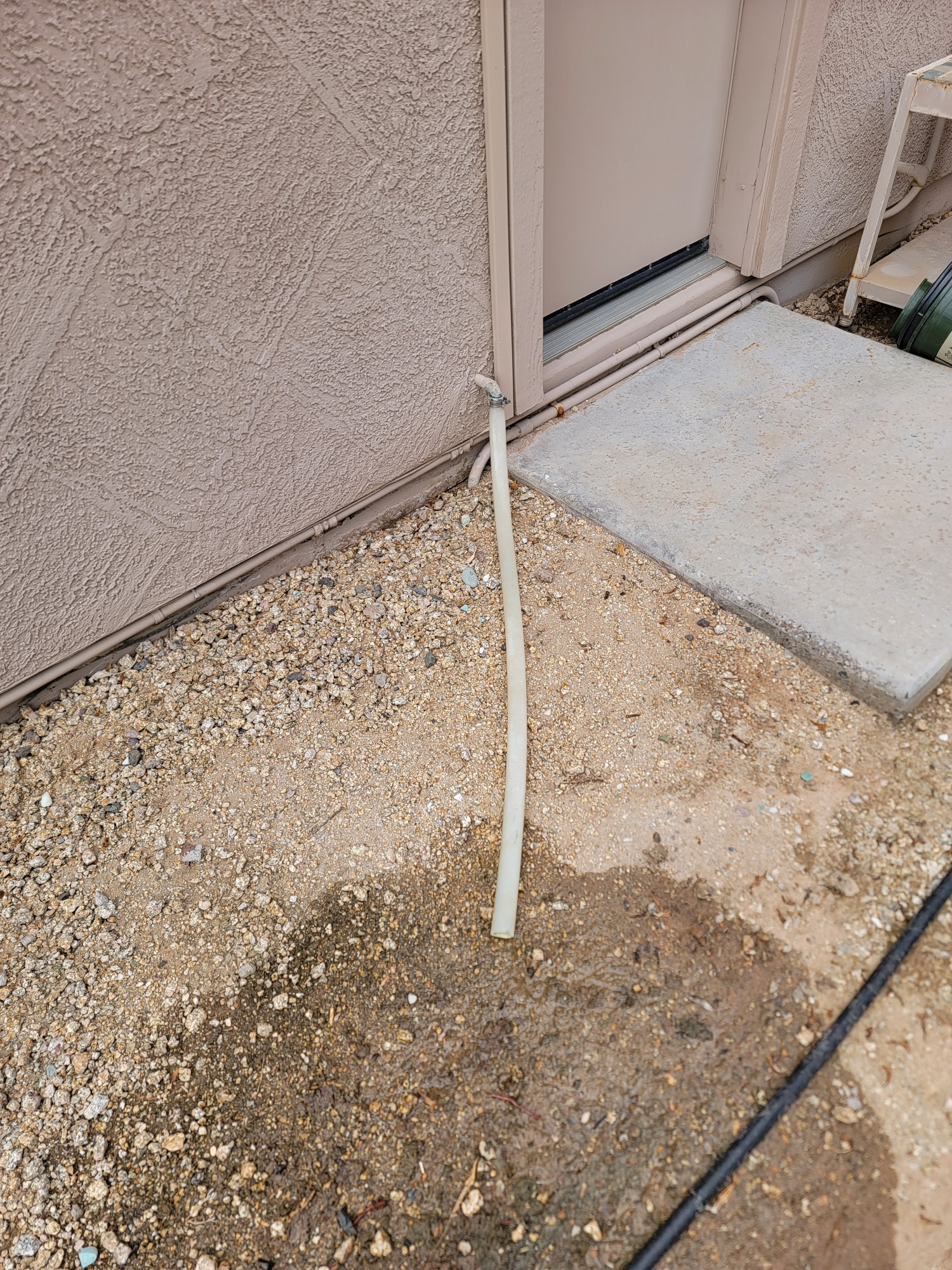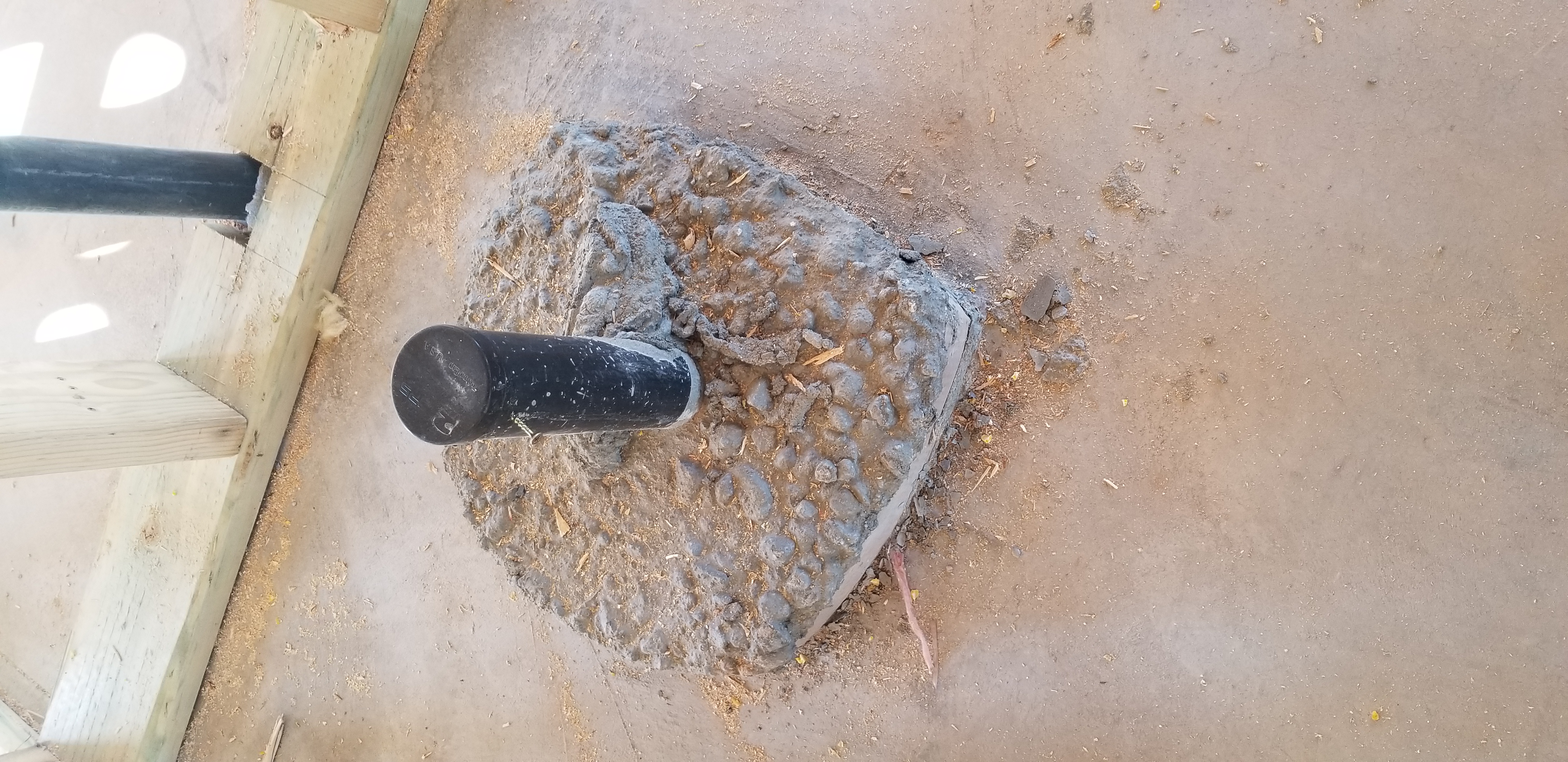Termite work
Termite work should be left to the Professionals, we have the tools, equipment and the knowledge to do the job correctly. There are some things that we do that not everyone abides with. We clean the tubes off the stem wall or foundation. We will try to remove the evidence on the drywall, needing painting or a touch-up.
Subterranean termites are creatures of habit, they generally go up in straight lines, always with the grain unlike drywood termites which cut against the grain. Lots of work and research has been done on termites, but the judge is still out on rather they random forage or just head off after heading on roots or concrete structures.
So let’s think about a dead tree on your property next to the house. You cut it down and the roots remain for years. I heard that in orange groves, the roots can stay 20 years. That is a very long time, but its food for termites and other pests.
Quality work with integrity and trustworthiness. The standard of an Honest Company.
- Check your home monthly for pests.
- Look inside and outside.
- Check sheds and out buildings.
- Check up and down.
- Call ProBest if you have any questions. 480-831-9328 or 623-414-0176



